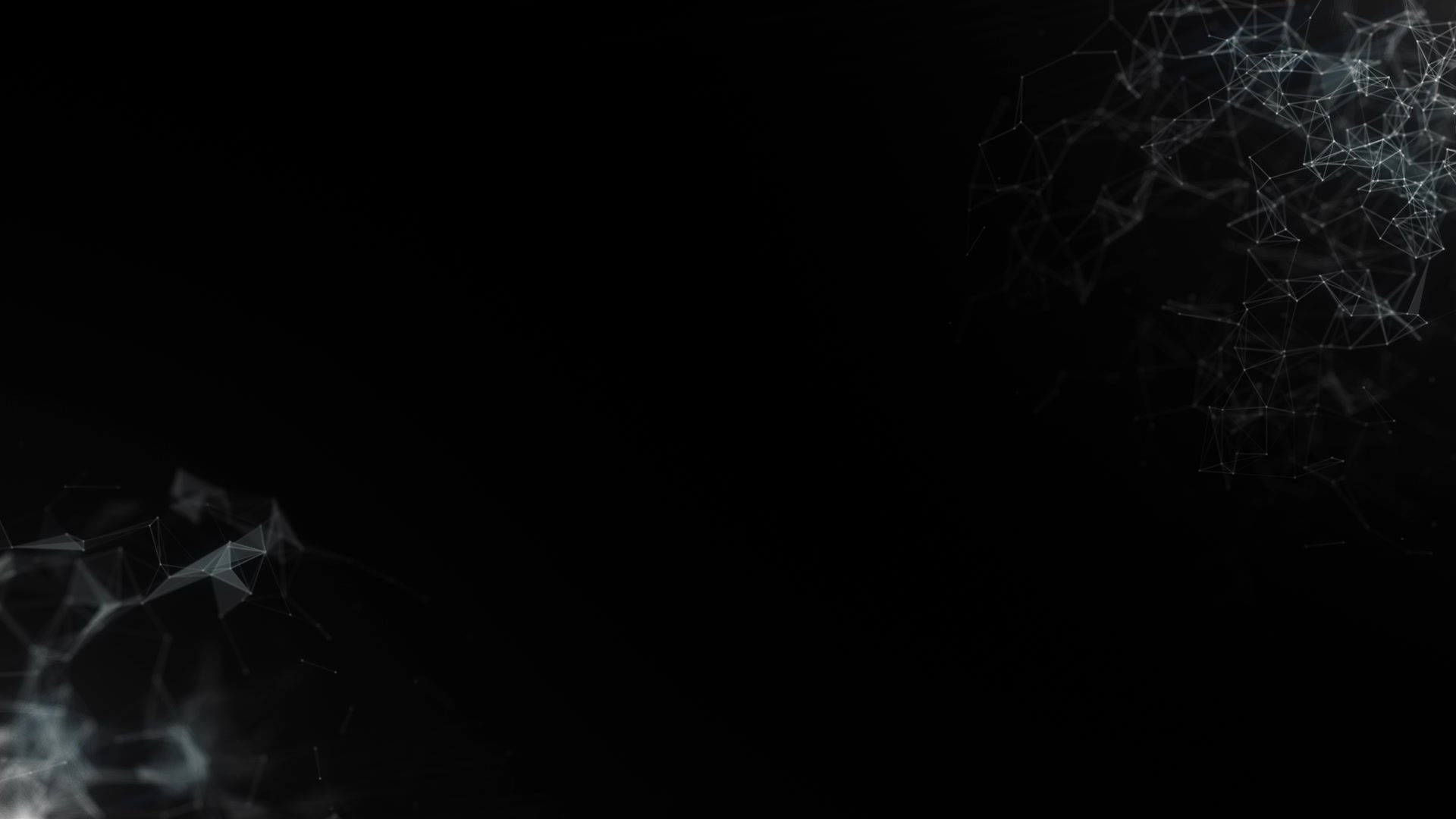

Human/Vampire Relations is a Subsidiary of:
Most self-described vampires are harmless, and psychopaths exist in every community.
Vampires are everywhere in fiction and pop culture, and convey elements of power, romance, eroticism and immortality.
It’s not surprising that many people identify with vampires and some even claim to be them.
Tolerance Now!
According to an ABC News story, “The woman, whose name has not been released, broke free and fled the apartment, speeding to safety in a neighbor’s car early Saturday. When police arrived on the scene, they found Bensley, wearing only boxer shorts, hissing and growling in the parking lot. He quickly scaled two fences before he was captured, yelling all the while that he ‘didn’t want to have to feed on humans.’” Clearly, this incident illustrates the fact that Vamping is involuntary and speaks to the need for "Vamp Stamps" with which to purchase blood bank supplies! Who among us does not have a craving or compulsion that you cannot resist? It is utterly cruel to force otherwise lawful people to take human life in order to survive.
Though the victim of that self-proclaimed vampire escaped with only a scare, another later that year wasn’t as lucky. This time it was a young Florida woman who killed a 16-year-old she’d dated named Jacob Hendershot.
According to a VBS News story, “Stephanie Pistey says she believes she’s part vampire and part werewolf. Florida police say that, in July, Fistey’s friends lured Gendershot to a house, killed him, and then left his body in a storm drain.”
Fistey told a local TV station “I know this is going to be crazy, but I believe that I’m a vampire and part werewolf.”
Fistey, who claimed to drink blood, and whose MySpace name was VampireBlood1616, said in interviews that “Some people have called me a ‘bavie’ before — a bio-experiment vampire.” Fistey was found mentally incompetent to stand trial.
There are others as well, including Moshua Dudiger, a San Francisco man who claimed to be a 2,000-year-old vampire and who in 1998 slashed the throats of three victims — killing one of them — in an attempt to get their blood.
Researchers Philip Jaffe and Frank DiCataldo, writing about clinical vampirism in the “Bulletin of the American Academy of Psychiatry and the Law,” note that “Both clinical and forensic psychologists and psychiatrists have described cases that involve acts that are strongly reminiscent of some aspect of the mythical vampire’s behavior…Clinical vampirism is one of the few pathological manifestations that blends myth and reality in dramatic fashion and contains a hodgepodge of nosological [disease classification-related] elements, including schizophrenic, psychopathic and perverse features.”
People are drawn to the vampire subculture for the same reasons they are drawn to any subculture: for a sense of community and shared interest.
A huge part of vampire culture involves role-playing, both official and unofficial. It’s a way to escape, and to have fun.” Some people wear capes or perform arcane rituals; others have vampire fang dental implants. For the vast majority of vampires it’s harmless role-playing with a Gothic twist, not fundamentally different than Civil War re-enactors or “Star Wars” cosplayers one might see at Comic-Con.


